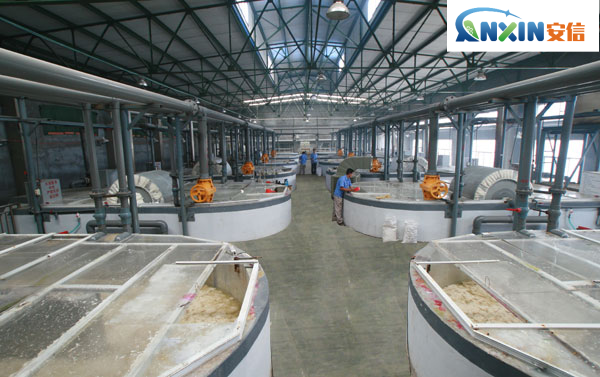How to judge the quality of cellulose simply and intuitively?
Cellulose is a fundamental component of plants, serving as a structural material and providing rigidity. It’s also a crucial resource for various industries, including papermaking, textiles, and biofuel production. Assessing the quality of cellulose is vital for ensuring the efficiency and effectiveness of its applications. While the evaluation might seem complex, there are simple and intuitive methods to judge cellulose quality effectively.
Purity:
Pure cellulose contains minimal impurities like lignin, hemicellulose, and extractives. High purity is crucial for industries like pharmaceuticals and food, where impurities can affect product safety and quality.
To assess purity intuitively, observe the cellulose’s color and clarity. Pure cellulose appears white and translucent, while impurities may impart color and cloudiness.
Structural Integrity:
The structural integrity of cellulose determines its strength, flexibility, and processability. High-quality cellulose exhibits uniformity in fiber length and diameter, indicating consistent structural properties.
Perform a simple tensile strength test by pulling a small sample of cellulose fibers. High-quality cellulose should resist breaking and stretching, demonstrating its strength and durability.
Moisture Content:
Moisture content affects cellulose properties like stability and machinability. Excessive moisture can lead to microbial growth and degradation.
Conduct a quick moisture test by weighing a sample of cellulose before and after drying. A decrease in weight indicates moisture content, with lower moisture indicating higher quality.
Chemical Composition:
Cellulose composition influences its solubility, reactivity, and suitability for specific applications. Analyzing chemical components like cellulose, hemicellulose, and lignin provides insight into cellulose quality.
Utilize simple chemical tests like iodine staining to assess cellulose purity. Pure cellulose stains blue-black with iodine, while impurities may show different colors or no reaction.
Performance Characteristics:
The performance of cellulose in various applications depends on factors like viscosity, rheology, and absorbency.
Conduct basic performance tests relevant to the intended application. For instance, measure viscosity for cellulose intended for thickening agents or absorbency for cellulose used in hygiene products.
Simple and Intuitive Methods for Evaluation:
Now that we understand the key aspects of cellulose quality, let’s explore simple methods for evaluation:
Visual Inspection:
Examine the appearance of cellulose samples. Pure cellulose should appear clean, white, and uniform in texture. Presence of discoloration, specks, or irregularities may indicate impurities or degradation.
Physical Testing:
Perform hands-on tests like tearing, stretching, or folding cellulose samples. High-quality cellulose should demonstrate strength, flexibility, and resilience against physical stress.
Water Test:
Submerge a sample of cellulose in water and observe its behavior. Pure cellulose should absorb water gradually without disintegration or significant swelling. Excessive swelling or disintegration suggests poor quality or high impurities.
Burn Test:
Ignite a small sample of cellulose to assess its combustibility and residue. Pure cellulose burns cleanly with minimal ash residue, while impurities like lignin may produce smoke, odor, and more residue.
Judging cellulose quality doesn’t have to be complicated. By considering factors like purity, structural integrity, moisture content, chemical composition, and performance characteristics, along with employing simple evaluation methods, one can intuitively assess the quality of cellulose. Whether you’re in the papermaking industry, textile manufacturing, or exploring biofuel options, understanding cellulose quality is essential for achieving optimal results in your applications.
Post time: Apr-06-2024
